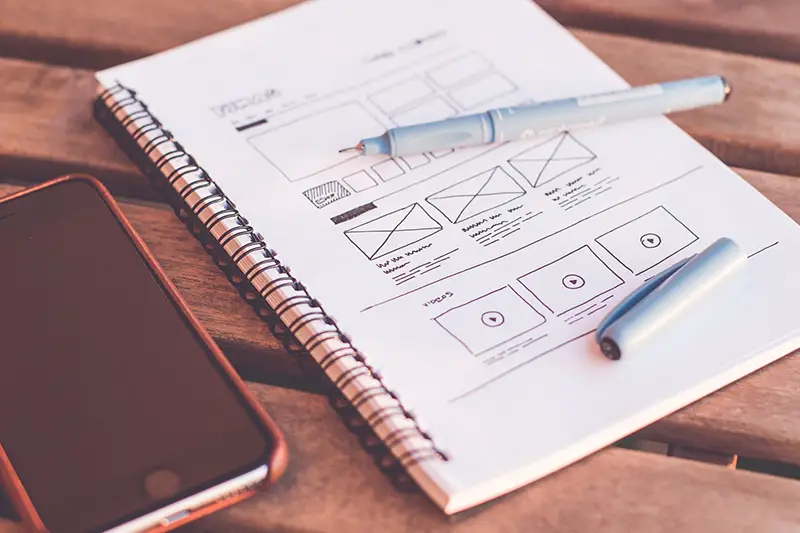Click here to get this post in PDF
Whether or not we spend time thinking about it, we are all aware of bad design. Doors that you push when it feels like you should pull, or a USB plug you have to flip three times. In fiction, it is the big glowing weak point on the spaceship you can fly into.
Each of these is a place that could do with more research and design.
We all know what design is, but what about UX design? The following will explain what the difference is, as well as how to get started implementing it in the world you work in.
The (Brief) History of UX Design
A lot of us remember back when we were younger when electronics came with manuals as large as phone books. Our parents might have spent days poring over them, trying to figure out how to stop the VCR flashing “00:00”. Even before they all switched to PDFs, however, those texts were already shrinking.
Sometime around the 1990s, companies started to think less about just making our technology usable. They instead began to focus on competing in making it easy to use.
This switch in empowering customers meant they formed whole new disciplines. They did this to make the best use of such a unique selling point.
Besides, as computers became more and more ubiquitous, it became obvious they were no longer only for specialists. Mobile phones, and then smartphones, started to dominate the interactive industries. They needed to be simple for new people to navigate.
How It Looks Today
In modern times, we use a variety of methods to determine what is going wrong when a user makes use of a product. The mistakes users make and confusion they feel are then weighed to determine what needs to change. Theoretically, that makes it easier for all users in the future.
For example, you may ask the target demographics of a mobile phone app to use it in front of UX researchers or while a camera records them.
Microsoft Studios even has a whole section dedicated to recording the facial expressions of users. They do this while people play their games and even make use of advanced eye-tracking. Each of these allows UX designers to focus on very specific parts of the experience they are building and tune them based on user feedback.
As another example, Material Design is a method of designing UI used by Google which makes use of grid-based layouts and animations. It does this to assist in the understanding of what an interface will do.
Many companies are even currently using AngularJS to Angular migration services. This allows them to upgrade their back-end systems and accommodate better use of Material Design going forward.
What Now?
In simple terms, UX design is a specific focus of human-computer interaction in which you monitor a product’s utility and efficiency. You explore these aspects to exemplify the product’s ease of use.
We know this is a lot to take in, but do not worry. Instead, remember to keep up-to-date on our site for more information on topics such as this in the future. We will help you stay ahead of the game.
You may also like: What are The Differences between Human-Centred Design and UX Design?
Image Source: Pexels.com

